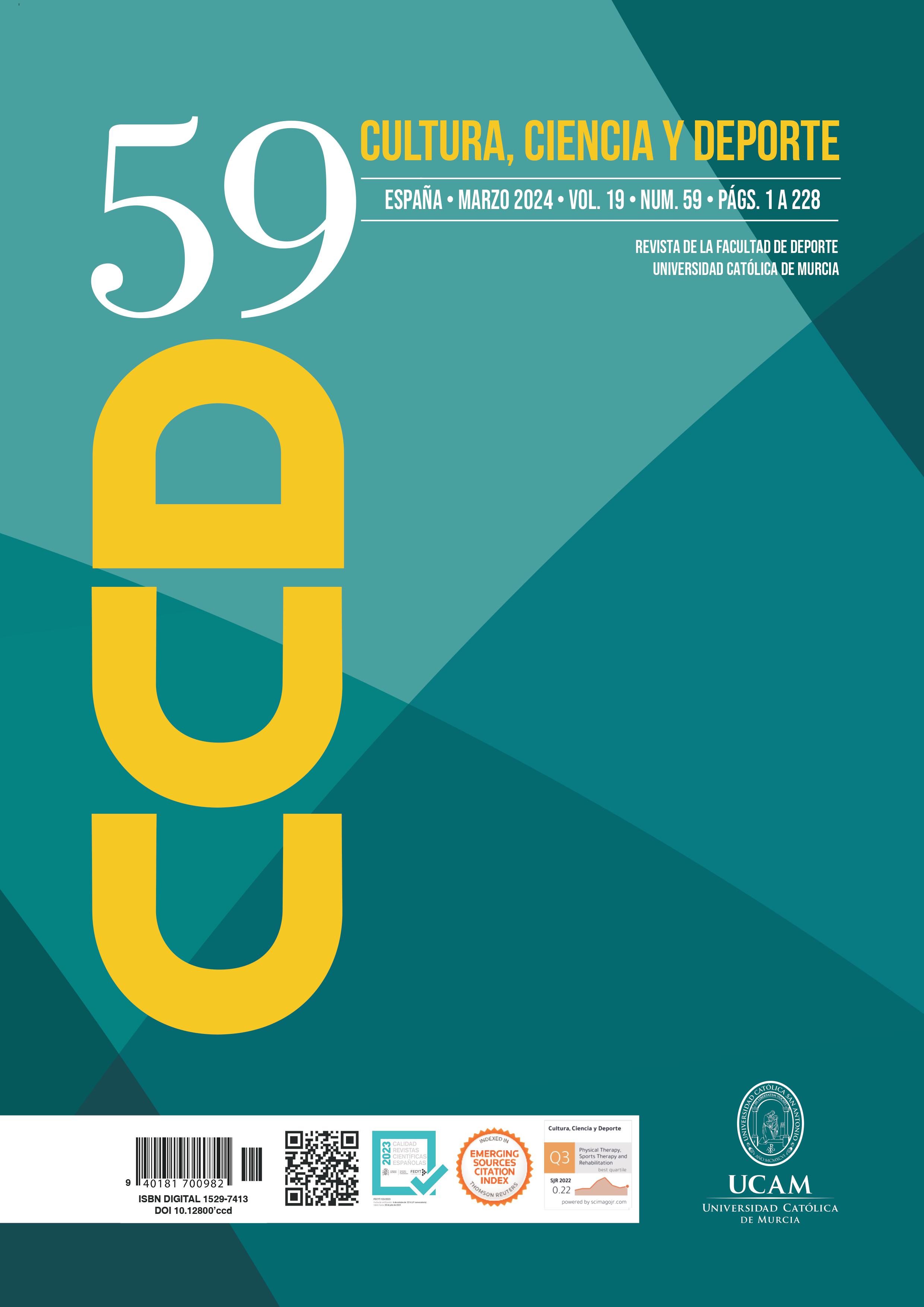Kinomichi, the therapeutic Aikido. A Systematic Review
DOI:
https://doi.org/10.12800/ccd.v19i59.2163Abstract
Kinomichi is a movement art of Japanese origin based on the martial art of Aikido. It is based on the Japanese tradition known as Budo, which can be translated as a form of self-knowledge and personal development through martial practice. It was created by Aikido master Masamichi Noro (1935-2013) after a serious traffic accident in 1966. Noro adapted Aikido, minimised the physical demands and incorporated therapeutic exercises so that people with motor limitations could also practice it. Our aim is to analyse the therapeutic potential of Kinomichi by determining the Western therapies on which it is based. A systematic search of 6 databases was conducted using PRISMA (Preferred Reporting Items for Systematic Review and Meta- Analysis) guidelines. The search yielded 118 results, of which 7 met the inclusion criteria (n=7) and were found in the EBSCOHOST and Google Scholar databases. The Western therapeutic methods incorporated in the Kinomichi were the following (n=9): Alexander Technique; Gindler Method; Ehrenfried Method; Kabat Method; Feldenkrais Method; Eutonia Method; Mézières Method; GDS-Godolieve Denys-Struyf Method and Antigymnastics Method. It justifies the need for quantitative experimental or quasi-experimental studies to verify the hypothetical benefits of Kinomichi as a therapeutic exercise.
Published
How to Cite
Issue
Section
License
Copyright (c) 2024 Creative Commons Attribution License

This work is licensed under a Creative Commons Attribution-NonCommercial-ShareAlike 4.0 International License.
The authors who publish in this journal agree with the following terms:
- The authors retain the copyright and guarantee the journal the right to be the first publication of the work as well as licensed under a Creative Commons Attribution License that allows others to share the work with recognition of the authorship of the work and the initial publication in this journal.













